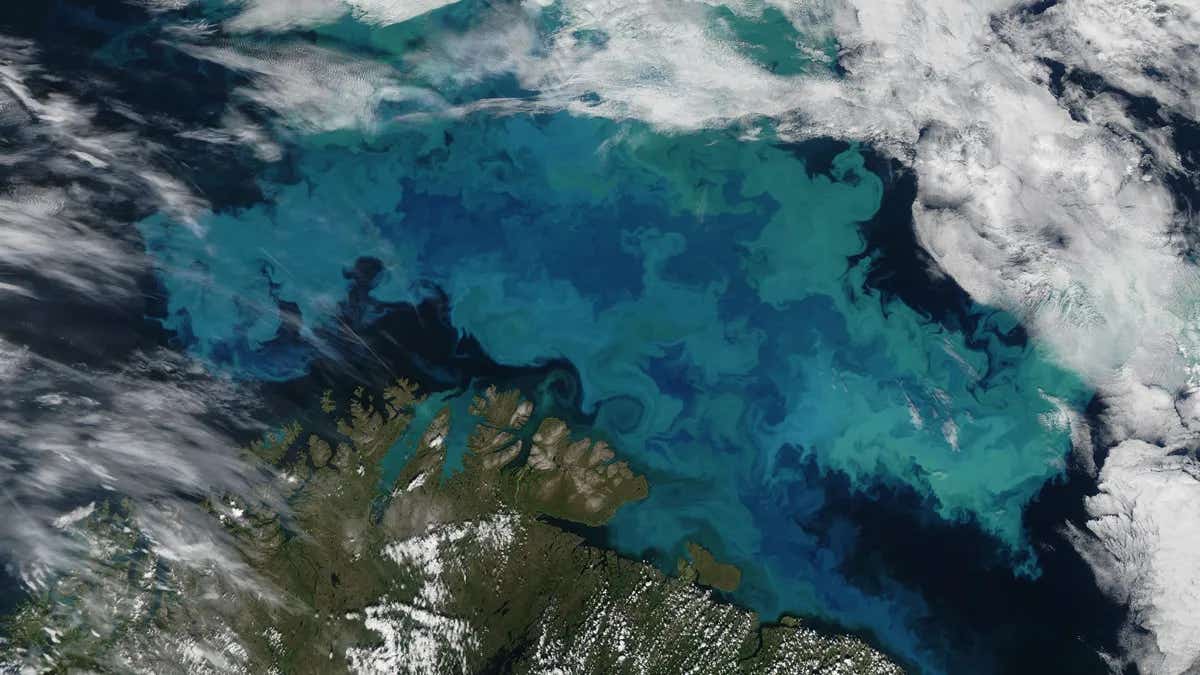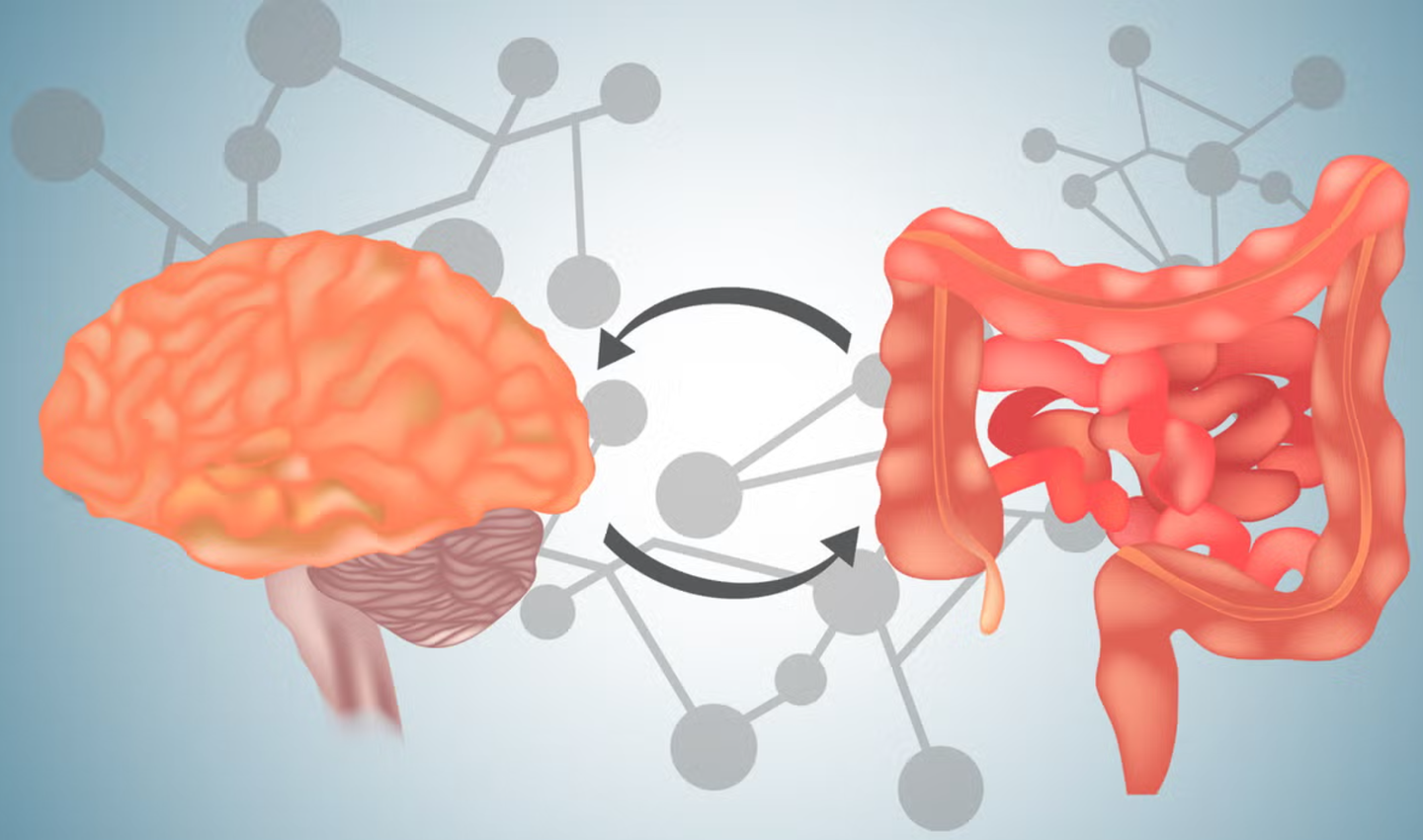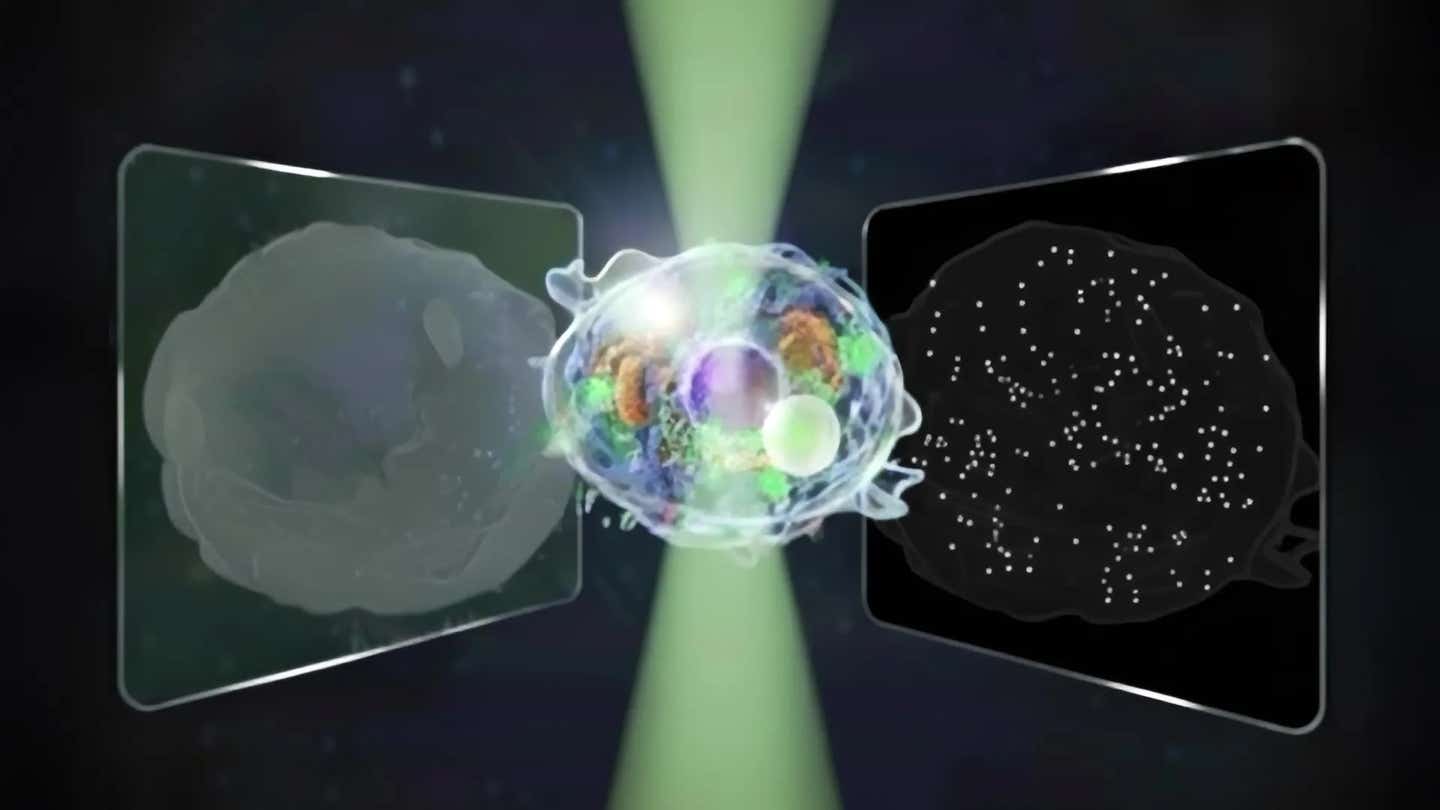Climate change has significantly changed the ocean’s color over the last two decades
A groundbreaking study has sounded an urgent alarm on the subtle yet significant changes in the ocean’s color over the last two decades

[July 13, 2023: Staff Writer, The Brighter Side of News]
This global trend is believed to be a consequence of human-induced climate change, according to a collaborative team of scientists. (CREDIT: Creative Commons)
A groundbreaking study published in Nature has sounded an urgent alarm on the subtle yet significant changes in the ocean's color over the last two decades. This global trend is believed to be a consequence of human-induced climate change, according to a collaborative team of scientists from the Massachusetts Institute of Technology (MIT), the National Oceanography Center in the U.K., and other research institutions.
As per the team's findings, the color shifts in the world's oceans, although not readily perceptible to the human eye, have occurred across an overwhelming 56% of the world's oceans. This coverage exceeds the total land area on Earth and underscores the vastness and urgency of this environmental issue.
This unprecedented phenomenon has been particularly noticeable in the tropical ocean regions near the equator, which have steadily become greener over time. "I’ve been running simulations that have been telling me for years that these changes in ocean color are going to happen," says study co-author Stephanie Dutkiewicz, a senior research scientist in MIT’s Department of Earth, Atmospheric and Planetary Sciences and the Center for Global Change Science. “To actually see it happening for real is not surprising, but frightening. And these changes are consistent with man-induced changes to our climate.”
A shift in ocean color is more than a mere optical curiosity. It is a harbinger of ecological changes taking place within the surface ocean, indicating alterations in the organisms and materials in its waters. While the exact changes occurring in these marine ecosystems are yet to be determined, the researchers are confident in their assertion that human-induced climate change is the likely culprit behind this worrying trend.
Related Stories
“This gives additional evidence of how human activities are affecting life on Earth over a huge spatial extent,” states lead author B. B. Cael, PhD '19, of the National Oceanography Center in Southampton, U.K. “It’s another way that humans are affecting the biosphere.”
The color of the ocean is fundamentally a visual product of the constituents within its upper layers. The depth of blue or the degree of green in ocean waters reflects the richness of life forms present, particularly the amount of phytoplankton — plant-like microbes containing the green pigment chlorophyll. These are abundant in the upper ocean, harnessing sunlight to capture carbon dioxide from the atmosphere and converting it into sugars.
The role of phytoplankton extends beyond their color-inducing properties. They form the very foundation of the marine food web, supporting increasingly complex organisms, from krill to fish, seabirds, and marine mammals. In addition, they play an instrumental role in the ocean's ability to capture and store carbon dioxide.
To track the changes in ocean color, scientists analyzed measurements of ocean color taken by the Moderate Resolution Imaging Spectroradiometer (MODIS) aboard the Aqua satellite, which has been monitoring ocean color for 21 years. (CREDIT: NASA and Joshua Stevens, using Landsat data from the U.S. Geological Survey and MODIS data from LANCE/EOSDIS Rapid Response)
Recognizing the importance of phytoplankton, scientists have been monitoring changes in chlorophyll using the ratio of reflected blue versus green light from the ocean surface. This approach, however, has its limitations. Around a decade ago, Stephanie Henson, a co-author of the current study, posited that detecting climate-change-specific trends would require at least 30 years of continuous monitoring due to the high degree of natural variability in chlorophyll.
However, a new perspective emerged from a separate study in 2019 by Dutkiewicz and her colleagues. They suggested that the natural variation in other ocean colors is much smaller compared to that of chlorophyll. They argued that any climate-change-driven changes should be more readily detectable amidst the smaller, normal variations of other ocean colors. They predicted that such changes would be apparent within 20, rather than 30 years of monitoring.
Map of locations where the ocean-colour trend SNR is higher than 2 for a 20-year annual time series. (CREDIT: Nature)
In the current study, Cael and the team scrutinized measurements of ocean color captured by the Moderate Resolution Imaging Spectroradiometer (MODIS) aboard the Aqua satellite over a 21-year period. "So I thought, doesn’t it make sense to look for a trend in all these other colors, rather than in chlorophyll alone?” Cael comments. “It’s worth looking at the whole spectrum, rather than just trying to estimate one number from bits of the spectrum.”
MODIS's color measurements are too subtle for human eyes to differentiate. Yet, when Cael carried out a statistical analysis of all seven ocean colors measured by the satellite, he discovered a clear trend above the normal year-to-year variability.
To verify if this trend is related to climate change, he compared the real-world data with Dutkiewicz’s model from 2019, which simulated the Earth’s oceans under two scenarios: one with and one without the addition of greenhouse gases. The model with greenhouse gases predicted a significant color trend within 20 years affecting approximately 50% of the world’s surface oceans, closely mirroring the real-world data from MODIS.
“This suggests that the trends we observe are not a random variation in the Earth system,” Cael says. “This is consistent with anthropogenic climate change.”
Monitoring ocean colors beyond chlorophyll could offer scientists a clearer, faster method to detect climate-change-driven alterations to marine ecosystems, according to the team’s findings.
“The color of the oceans has changed,” Dutkiewicz says. “And we can’t say how. But we can say that changes in color reflect changes in plankton communities, that will impact everything that feeds on plankton. It will also change how much the ocean will take up carbon, because different types of plankton have different abilities to do that. So, we hope people take this seriously. It’s not only models that are predicting these changes will happen. We can now see it happening, and the ocean is changing.”
As we inch further into an era marked by climate change, the ocean's color changes serve as both a warning and a call to action. These shifts present a visual testament to the environmental consequences of human activities on a global scale. As we continue to unravel the ecological implications of these color shifts, the urgent need for climate action becomes increasingly clear. As the oceans change, so must we.
Note: Materials provided above by the The Brighter Side of News. Content may be edited for style and length.
Like these kind of feel good stories? Get the Brighter Side of News' newsletter.



